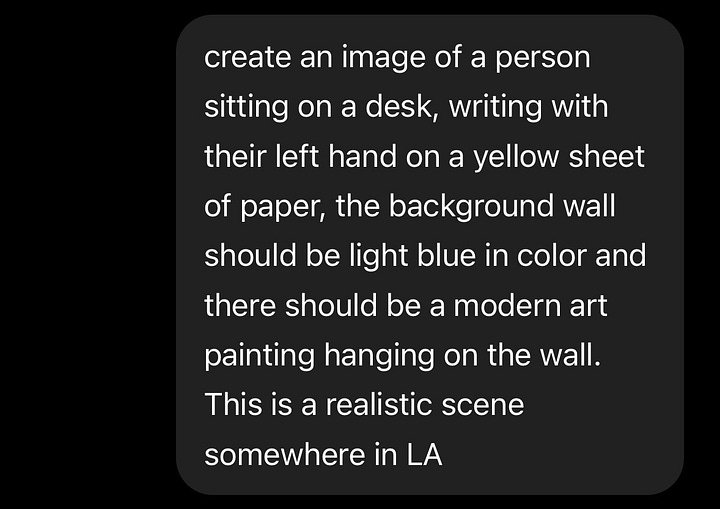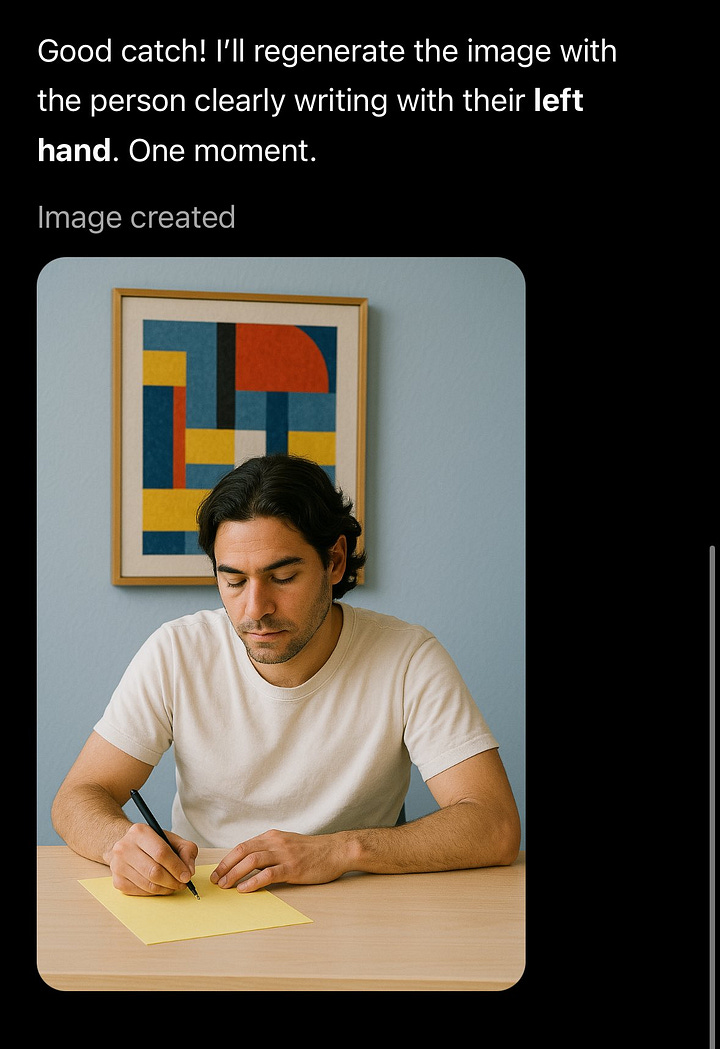Two weeks ago, when the air was only faintly buzzing with the word “tariff,” markets were stable, and I had no idea what Black Monday was — the internet found something far more enchanting to obsess over: Studio Ghibli-style portraits. OpenAI had just rolled out native image generation in the ChatGPT app, and by the next morning, every social feed was flooded with dreamy Ghibli-inspired avatars. You couldn’t scroll for five seconds without seeing someone reimagined as an anime protagonist riding a bike under sakura trees.
It all started with a single tweet. Grant Slatton posted: “Tremendous alpha right now in sending your wife photos of yall converted to studio ghibli anime”
And just like that, a movement was born. Everyone took it upon themselves to “ghiblify” every photo on their phone. Yes — “ghiblify.” Somehow, we collectively invented a new verb overnight. There were even people tagging Zuck, asking for a Ghibli filter in Meta Ray-Bans. Now that felt like crossing a line (but also, take my money?).
But what made this wave so special? AI image models have been around for a while now. We’ve seen them cartoonify, pixelate, oil-paint, and style-transfer us into oblivion. So what was it about this Ghibli aesthetic that hit different?
OpenAI’s image generation wasn’t just good — it was conveniently placed inside a platform people were already familiar with. Unlike Midjourney or other tools that require Discord channels, prompts, and a bit of effort, ChatGPT made it feel frictionless. A lot of people who had never used image AI suddenly got their first taste — and it was magical. Even though AI image generation has existed for a while, it’s never felt this accessible and this good at once. The timing was perfect. Combine that with the Ghibli aesthetic — a style that hadn’t been overused yet in AI circles — and you had lightning in a bottle.
Additionally, Ghibli art is warm, whimsical, and loaded with emotion. That blend of nostalgia and charm made everyone want to see themselves in that universe. It’s not just “anime-style”; it’s a “storybook-you-want-to-live-in” style. The results were stunning and instantly shareable. These weren’t just AI photos — they looked like mini movie stills. People loved posting them, people loved reacting to them, and the cycle of virality spun on. Unlike a lot of viral AI trends that lean edgy, weird, or uncanny, this one was pure comfort. You weren’t being turned into a cyborg warrior or zombie. You were getting placed in a Miyazaki film. It was cozy internet culture, and people were here for it.
What made this wave even more interesting was the reaction from the people who actually animate in the Ghibli style.
A clip from 2016 resurfaced and went viral again — it featured animator Hayao Miyazaki, Studio Ghibli’s legendary founder,, reacting to AI-generated Ghibli-style imagery.
“I strongly feel that this is an insult to life itself. I am utterly disgusted.”
You could sense the pride in craft — the years of frame-by-frame artistry that define Ghibli — and the underlying fear that something so sacred could be flattened into a prompt.
Despite its magical capabilities, the model still struggles to generate an image of a person writing with their left hand. The existing bias in the training data persists, preventing it from accurately capturing the intricate details of complex scenes, such as hand orientation. Although, it nailed the other details of the room.


I gave several attempts- the result were always the same.


So yes, Ghibli-fication may be peak 2025 internet — part tech, part nostalgia, all vibes. Trends like these remind us: the best tech doesn’t just automate — it enchants.
As AI evolves, maybe the question isn’t “what can it do?” but “what kind of stories can we tell with it?”
Preferably with correctly drawn hands.
Curated Picks for the Week








So well written